Editors’ Picks




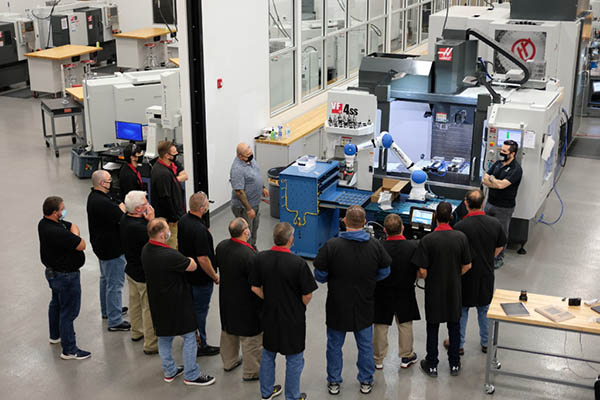
Found in Robotics News & Content, with a score of 3.11
…according to the International Federation of Robotics (IFR). For Germany, manufacturing made up over 19% of the economy. For the U.S., though, only 11.39% of economic output in 2019 was linked to manufacturing. So what is the relationship between South Korea's use of robotics and its large manufacturing sector? It is complex, but it does show what could be in the future for the U.S. In 2020, South Korea crossed 300,000 industrial robots installed, which was double the number of robots in use from five years earlier. In 2020, the U.S. saw a total of 293,200 industrial robots installed. So…

Found in Robotics News & Content, with a score of 3.08
…Unitech Los Angeles, Calif. X X X Vitronic Wiesbaden, Germany X Avery Dennison Glendale, Calif. X X cab Produkttechnik GmbH Tyngsboro, Mass. X Omron Hoffman Estates, Ill. X X Tracking market trends The AIDC market reached $6.49 billion in 2019 and is projected to decline to $5.85 billion in 2020, according to VDC. Between 2019 and 2024, the market is expected to post a compound annual growth rate (CAGR) of 3.8%, driving overall revenues to $7.83 billion by 2024. Divided into three categories—rugged mobile hardware, bar code scanners, and bar code label printers—the market’s biggest movers over the next four…

Found in Robotics News & Content, with a score of 2.89
…of a failed bolt. “The bolt is made in Germany. A guy with a tablet can view the Inventor data,” take that data and visualize in Microsoft HoloLens, and see how the data compares to the original data. “Data is hopping from place to place.” “This is not traditional interoperability,” Jonnalagadda says. “For Autodesk, interoperability [in Fusion] is about using data in its current format, using it as is. This is not about IoT; it is about data and insights; using data to augment and enhance. Our customers want the data from the field for design choices, maintenance choices and…
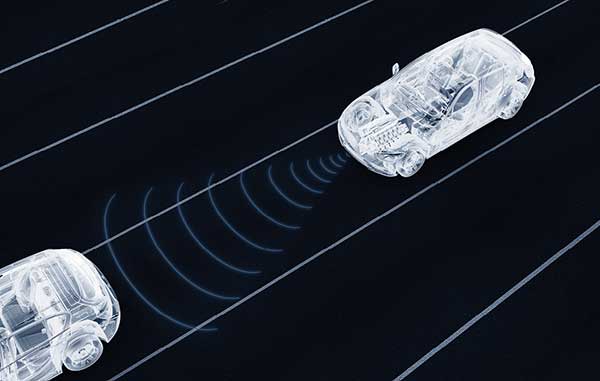
Found in Robotics News & Content, with a score of 2.69
…Minatti, head of business development, automotive, at Datwyler in Germany. “At any level, these systems require a high degree of sensor functionality, whether it be in the form of cameras, radars, lidars or lasers; how these components are secured, housed and sealed is a critical element to ensure their optimal performance. This is extremely important, as given the roles of these technologies, their reliability is directly connected to the safety of the vehicles they are embedded within, and ultimately the safety of the global road-using public,” he says. Minatti says simulation is a key design tool for AVs and can…
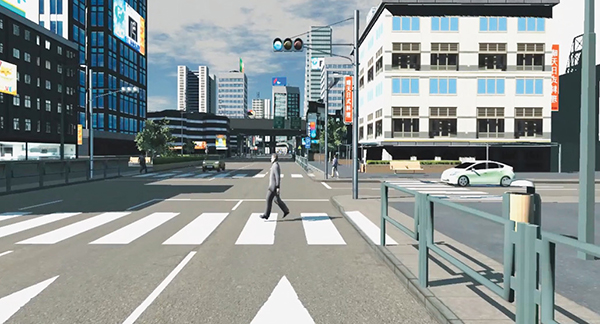
Found in Robotics News & Content, with a score of 2.51
…will use NVIDIA DRIVE technology. The A8 Highway in Germany as seen in rFpro simulation software, running a test in a scenario with cones blocking off traffic. Image courtesy of rFpro. At GTC, NVIDIA unveiled its safety driving policy called the Safety Force Field (SFF). which is integrated into the NVIDIA DRIVE technology stack. “SFF is a robust driving policy that analyzes and predicts the vehicle’s environment. It determines a set of acceptable actions to protect the vehicle, as well as others on the road. These actions won’t create, escalate or contribute to an unsafe situation, and include the measures…
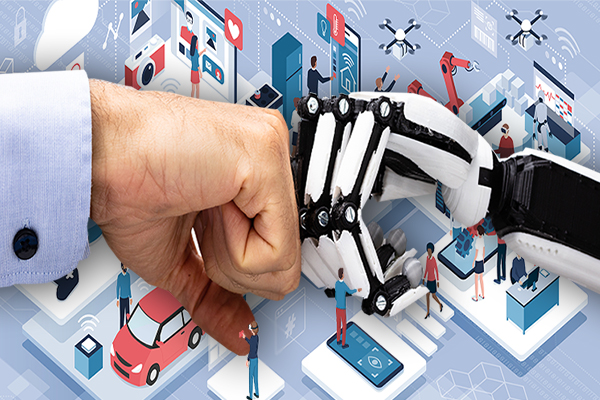
Found in Robotics News & Content, with a score of 2.41
…more human-robot collaboration, Volkswagen is teaming up with Dresden, Germany-based startup Wandelbots to more efficiently train industrial robots using an innovative jacket fitted with sensors and actuators. The sensors on the jacket detect human movements in real time, and the actuators provide haptic feedback. In this way, a robot can watch a human complete a task and then absorb the movement data to imitate the actions (MM&D Online Staff 2018). Distribution: In distribution and fulfillment centers, robots have been programmed to assist with order picking by traveling to a specific location to pick a pallet of an item or, in…
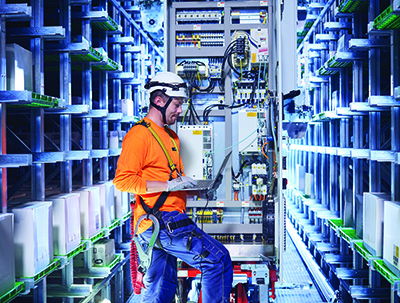
Found in Robotics News & Content, with a score of 2.28
…North America is 3% and less than 1% in Germany. Resident technicians might continue to be employed by the system supplier, or can transition smoothly to becoming the customer’s employees. “More and more automation in DCs and warehouses is changing to resemble a production line rather than a DC, like in the automotive industry which is driven toward demand chain rather than supply chain,” Dietl adds. “From controls to labor utilization to order processing, we’re implementing interfaces in our warehouse and DC systems in a horizontal way. We have transparency and can plan and connect these elements horizontally to transportation,…
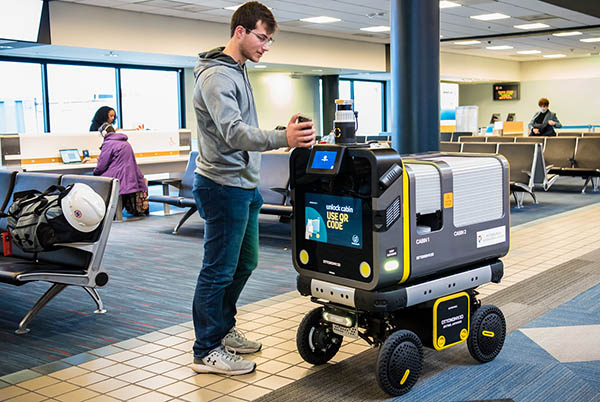
Found in Robotics News & Content, with a score of 2.22
…Ritukar Vijay worked for a company called Aptiv in Germany, leading the development of BMW’s urban autonomous cars. He realized creating a viable business model would require more time to develop the technology, sort out legality, and change public perceptions. “That's how we thought, ‘Where can these autonomous systems help?’ Vijay said. “And we focused around the delivery space, which was not so crowded. But, there were whitespaces because most of the delivery robots are heavily dependent on GPS positions and doing outdoors, they're small, they're modular. So that's how we started doing delivery robotics as a mainstream business.” Vijay…



